This week we have the honor to interview Stan Larroque, CEO of Lynx, a leading AR+VR startup that built the world’s first AR+VR hybrid headset which enables users to switch from an immersive, virtual world (VR) to an augmented reality (AR) world, and vice versa.
?Show Notes: Through this interview, we touched on his background, and his company, Lynx. We also talked about his product, as well as the types of sports experiences that his hybrid AR/VR headset could enable, as well as his plan for the next 24 months.
?Best Quotes: Here’s some of the key discussion points and best quotes from our conversation with Stan:
- On his background: “ I’m an engineer, I’m 27, and I’m the CEO and founder of the company Lynx. It’s a 15-person company based in Paris, France, so we are a small company at the moment, but we are seeing a lot of traction and momentum. I had this idea two, three years ago, and I got some funding. We raised two millions Euros in August 2019, and from that, we started building the product that we are putting on the market today. This product is, like you said, the first hybrid AR and VR headset into one. It is also untethered with no cables. This is what we’re putting on the markets\. It will provide quite unique experiences for a very large spectrum of industries, and I think today with you, we could discuss about what is possible to do in sports”.
- On companies such as Facebook, Apple, Microsoft, that are also working on an hybrid AR/VR headset: “There are many other companies working on devices to address this market. Like you said, Apple is working on that. Facebook is working on that. Microsoft and all the big ones, of course, are working on that because It’s all about spatial computing and for them, especially for companies like Facebook, they know that it’s very strategic for them. They are putting billions of dollars on the line so it’s very important for them. The hybrid AR/VR headset is what’s coming after the smartphone. It’s not going to replace your smartphone, but it’s going to be something new, like a new interface to virtual content. So it’s really important for them to start working on that, and to be ready to dominate the market. We are just a tiny company among the big ones working on that subject”.
- On how his hybrid AR/VR headset is differentiated: “Starting with the features, we are the only European company working with Qualcomm on their latest chipset for XR (Extended Reality). We are using what’s called the Qualcomm XR2, which is the latest chipset that allows us to have a headset without any cable. That is very powerful. Then we embedded all the bells and whistles you might expect in a VR and AR headset. So things like tracking your hands and tracking your environment. We also have very good audio, very good voice detection, a very large field of view, and a very good resolution. The field of view is 90 degrees by 90 degrees, so 90 degrees horizontal, and 90 degrees vertical. The resolution you have per eye is 1600 by 1600, and the frame rate is 90 frames per seconds.
- On their plan to offer their AR/VR headset for $100-200: “Our headset will be available for a few hundred dollars. We are going to announce that in two to three weeks”.
- On the types of sports experience his headset will enable: “I think people in the sport industry will use our headsets for AR training. The idea is to train in your own environment, and you want to display information on top of your performance to see what you’re doing to help you with guidance based on gestures. I think it will be a very powerful tool. And what’s interesting with Lynx is that you can train in AR in your sport gym, where you are living, and you can also move to a VR environment in the same session and, suddenly, you’re in a different environment, like at the Olympic stadium (..). Also we will enable the fan experience in VR, of course, when the fans are at home and also in AR when they are in the stadium. Maybe we could also provide some fan experiences, like the one we’ve seen in the Japan Olympic Games this year with HoloLens”.
- On his plans for the next 24 months: “We are just a hardware provider. When you look at the value chain of our product, I think we won’t be talking too much to sports teams. That would be the role of maybe someone like yourself or someone who is developing applications for fitness and sports teams. We are just focusing, in the next 24 months, on the product itself, and our goal is to put it on the market at the beginning of next year. Also we are already working on the version two of the product, which will be slimmer and with a better performance. Because it’s hardware you have to put it on the paper two years before you even start to see something”.


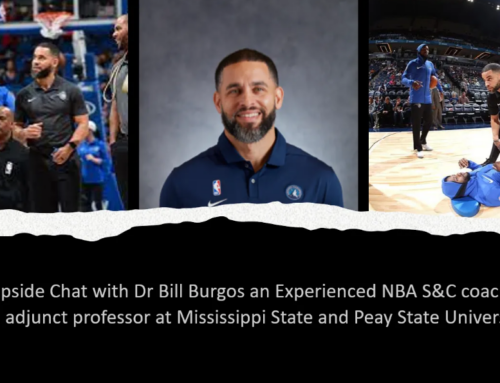
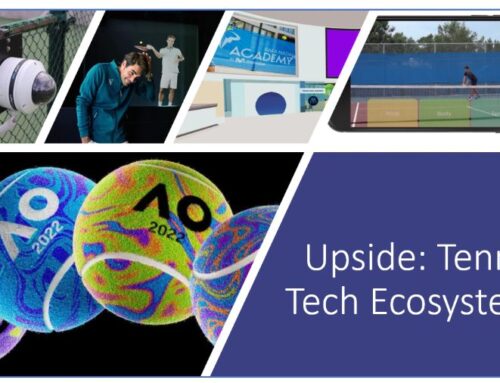
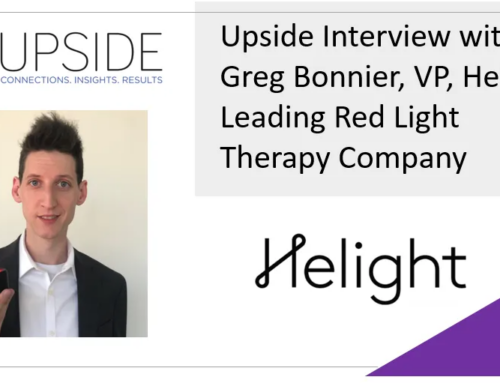
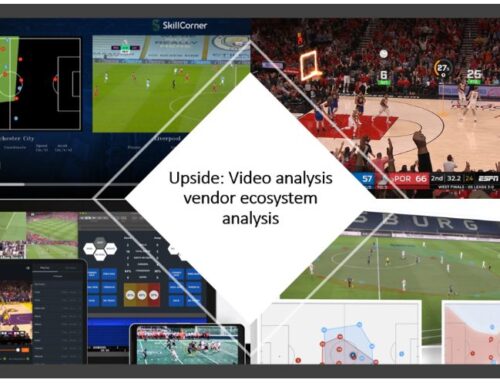
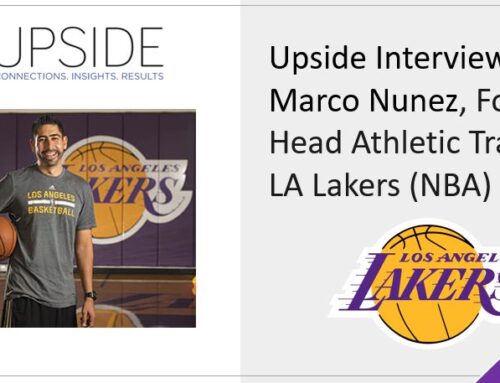
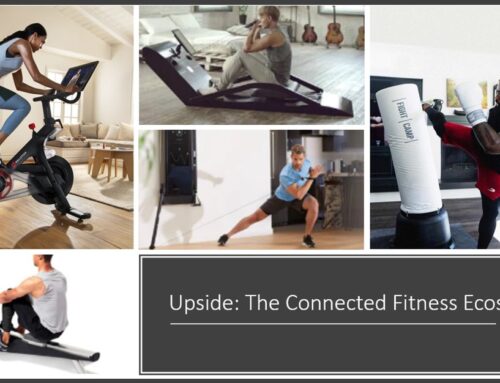

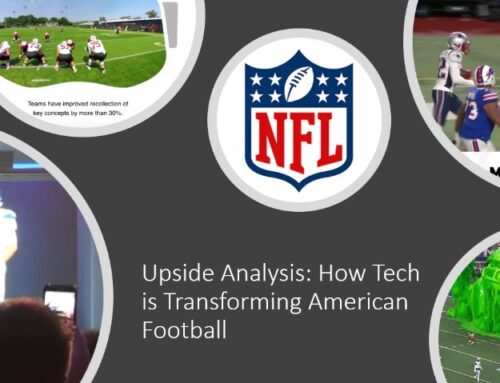
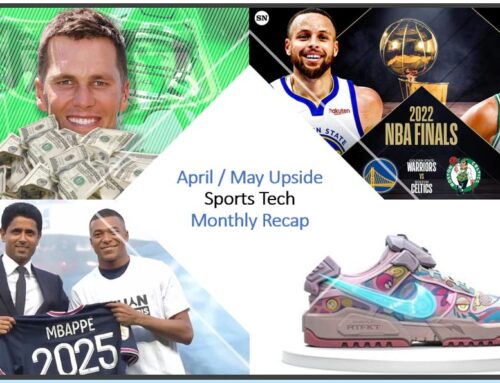

Leave A Comment
You must be logged in to post a comment.